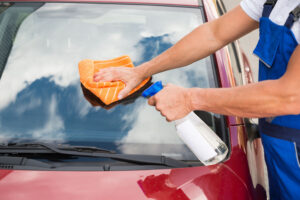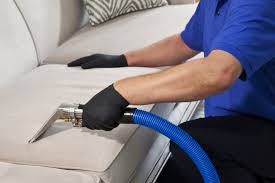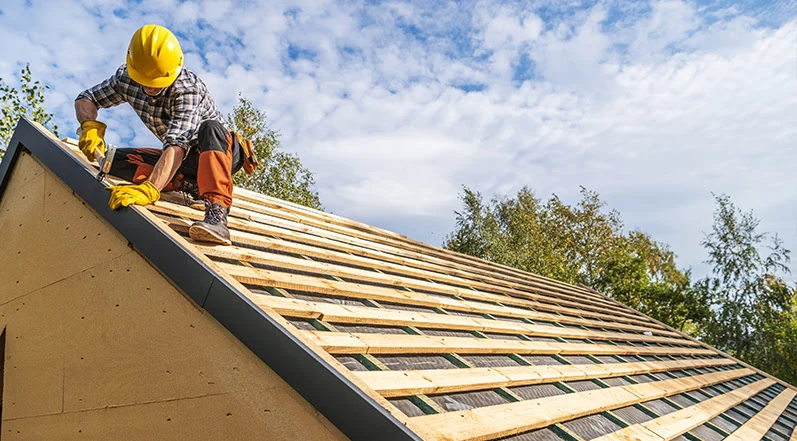How to Prepare for an Estate Cleanout: A Step-by-Step Approach

Understanding the Scope of the Cleanout
The first step in preparing for an estate cleanout is understanding the size and scope of the task ahead. Every estate is different—some may involve a small apartment with a few years’ worth of possessions, while others may require sorting through decades of accumulated belongings in a large home. Taking the time to assess how much work needs to be done allows you to plan your time and resources accordingly. Walk through the entire property and take note of the number of rooms, storage areas, outdoor spaces, and any hidden or unusual spaces that may need attention.
Gathering Support and Resources
Estate cleanouts are rarely tasks that can—or should—be undertaken alone. Emotional fatigue and physical exhaustion can set in quickly. It’s important to gather a team of supportive individuals, whether they are family members, friends, or professionals. Their role is not only to help carry out the physical labor but also to provide emotional support during what can be a very reflective and challenging time.
Depending on the situation, you may also consider hiring a professional estate cleanout service. These services can help with organizing, packing, hauling, and even donating items, especially when the scale is too large to manage on your own.
Establishing a Timeline
Once you have a good sense of the task and your support network is in place, the next step is creating a timeline. This should be realistic and flexible, especially when emotions are involved. If the estate cleanout is required for a home sale or legal process, be sure to factor in any deadlines. Breaking the job into smaller chunks with daily or weekly goals can help maintain momentum and reduce feelings of being overwhelmed. Start with rooms or areas that hold less sentimental value and gradually work toward the more emotionally loaded spaces.
Sorting and Categorizing Items
Sorting through a loved one’s belongings can be the most emotionally intense part of an estate cleanout. Every item may carry memories, making it difficult to decide what to keep, donate, sell, or discard. It’s helpful to begin with a simple system: items to keep, items to give to family and friends, items to donate, items to sell, and items to dispose of.
Photographs, letters, and keepsakes often require extra time. Be gentle with yourself and others when handling these items. Try to preserve things that hold significance and can be shared among family members. For belongings with monetary value, such as antiques or collectibles, consider having them appraised before deciding their fate.
Handling Paperwork and Legal Matters
In addition to personal items, estates often include a large amount of paperwork—some of which may be important. Take the time to go through all files, drawers, and cabinets carefully. Documents such as wills, property deeds, insurance policies, tax records, and bank statements should be preserved and organized. If in doubt about the importance of a document, it’s better to consult with a legal advisor rather than discarding something potentially valuable.
Deciding What to Keep
Determining what to keep can be an emotional process, but it’s important to be mindful of practicality. Holding on to every item for sentimental reasons can quickly lead to clutter in your own space. Choose items that have deep personal meaning or are particularly representative of the person’s life. In some cases, taking photographs of objects or creating memory books can offer a way to preserve memories without retaining physical items.
Donating, Selling, and Disposing
After identifying what to keep, it’s time to responsibly deal with the remaining items. Donation centers, shelters, and nonprofit organizations can benefit from usable items such as clothing, furniture, and household goods. Items with resale value can be sold through estate sales, auctions, or online marketplaces. Hiring a junk removal service may be necessary for items that are damaged or beyond use.
Throughout this process, it’s helpful to keep documentation of what was donated or sold, both for sentimental reasons and for any potential tax deductions or estate accounting requirements.
Emotional Considerations
Grief and memory often walk hand-in-hand during an estate cleanout. It’s okay to take breaks, cry, laugh, or simply sit with the emotions that arise. This isn’t just a physical cleanout—it’s also a process of honoring a life lived. Allow space for reflection, and be patient with yourself and others involved. Everyone processes grief differently, and what might feel insignificant to one person may be deeply meaningful to another.

 Summer brings long days and thriving plants, which means regular upkeep is necessary to prevent the yard from becoming overgrown. Grass clippings from frequent mowing can accumulate, leading to potential thatch buildup. While some clippings can remain on the lawn to decompose naturally, excessive amounts should be removed to prevent smothering the grass.
Summer brings long days and thriving plants, which means regular upkeep is necessary to prevent the yard from becoming overgrown. Grass clippings from frequent mowing can accumulate, leading to potential thatch buildup. While some clippings can remain on the lawn to decompose naturally, excessive amounts should be removed to prevent smothering the grass. As plants prepare for winter, perennials should be trimmed back, and annuals removed to prevent decay from spreading disease. Mulching before the first frost can protect plant roots and keep the soil insulated during the colder months. Gutters should also be checked regularly, as falling leaves and twigs can create blockages that lead to water damage.
As plants prepare for winter, perennials should be trimmed back, and annuals removed to prevent decay from spreading disease. Mulching before the first frost can protect plant roots and keep the soil insulated during the colder months. Gutters should also be checked regularly, as falling leaves and twigs can create blockages that lead to water damage.

 Rain may wash away some dirt, but it can also leave behind streaks and water spots.
Rain may wash away some dirt, but it can also leave behind streaks and water spots.



